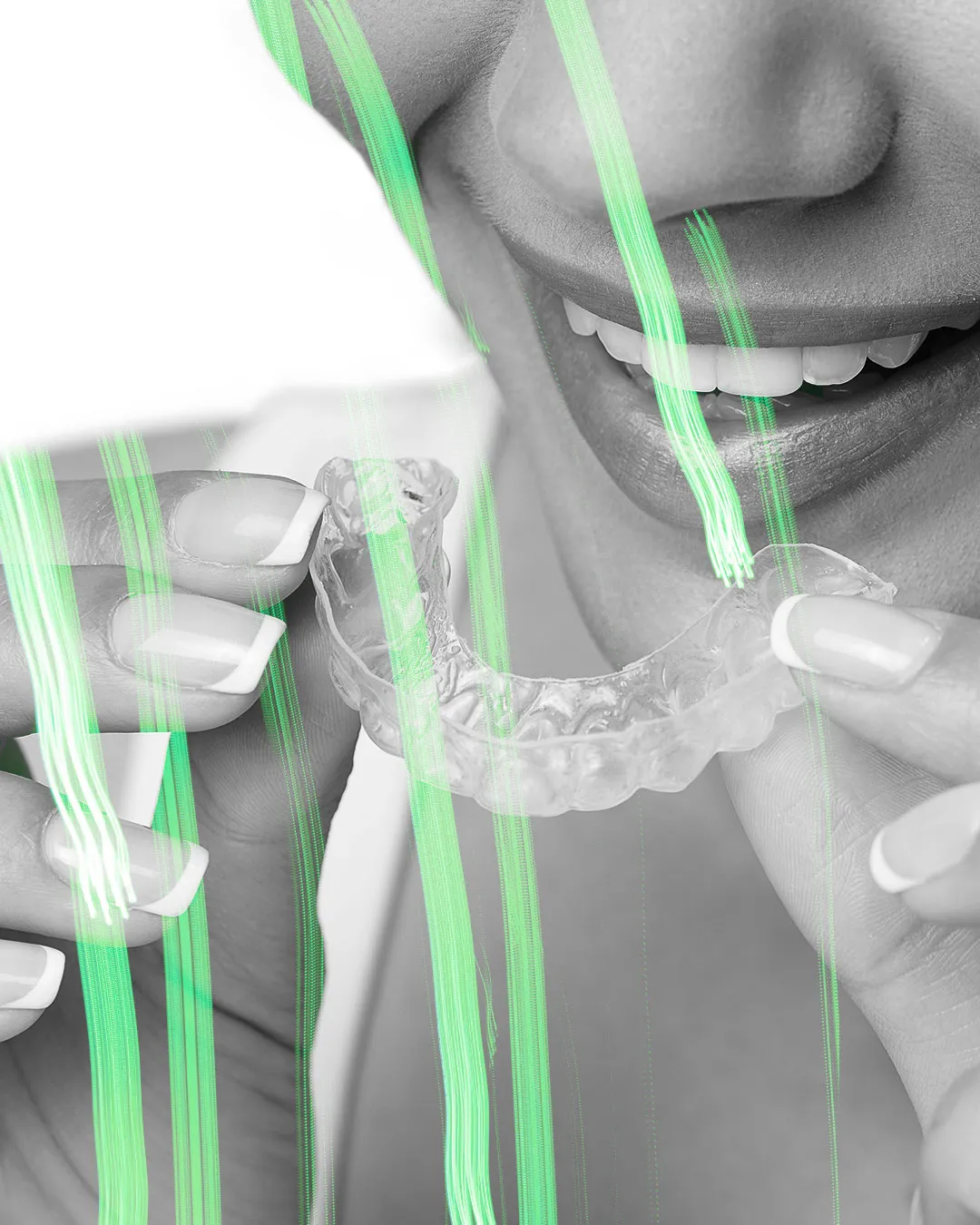What is Dentist Grade Whitening?
Dentist grade whitening, also known as professional teeth whitening, involves using a higher concentration of bleaching agents than what is available in over-the-counter products. These treatments are administered by dental professionals in a controlled environment, ensuring both safety and effectiveness. The primary goal of dentist grade whitening is to significantly lighten the color of your teeth, removing stains and discoloration caused by factors such as coffee, tea, red wine, tobacco use, and aging. This process can dramatically enhance your smile, boosting your confidence and overall appearance. The advanced techniques and stronger formulas used in professional whitening often provide faster and more dramatic results compared to at-home methods, making it a popular choice for those seeking a brighter, more radiant smile.
The Science Behind Dentist Grade Whitening
At the heart of dentist grade whitening lies a chemical process that breaks down the molecules causing stains within the enamel of your teeth. The active ingredient in most whitening treatments is hydrogen peroxide or carbamide peroxide. When applied to the teeth, these substances release oxygen molecules that penetrate the enamel and dentin. These oxygen molecules react with the stain molecules, breaking them apart and effectively lightening the tooth’s color. The higher concentration of the bleaching agent used in professional treatments allows for a more potent and rapid reaction, leading to quicker and more noticeable results. The process is carefully controlled by dentists to minimize potential side effects and ensure the safety of your teeth and gums. They often use protective measures like cheek retractors and gum shields to isolate the teeth and protect the soft tissues from the bleaching agents.
How Does Dentist Grade Whitening Work?
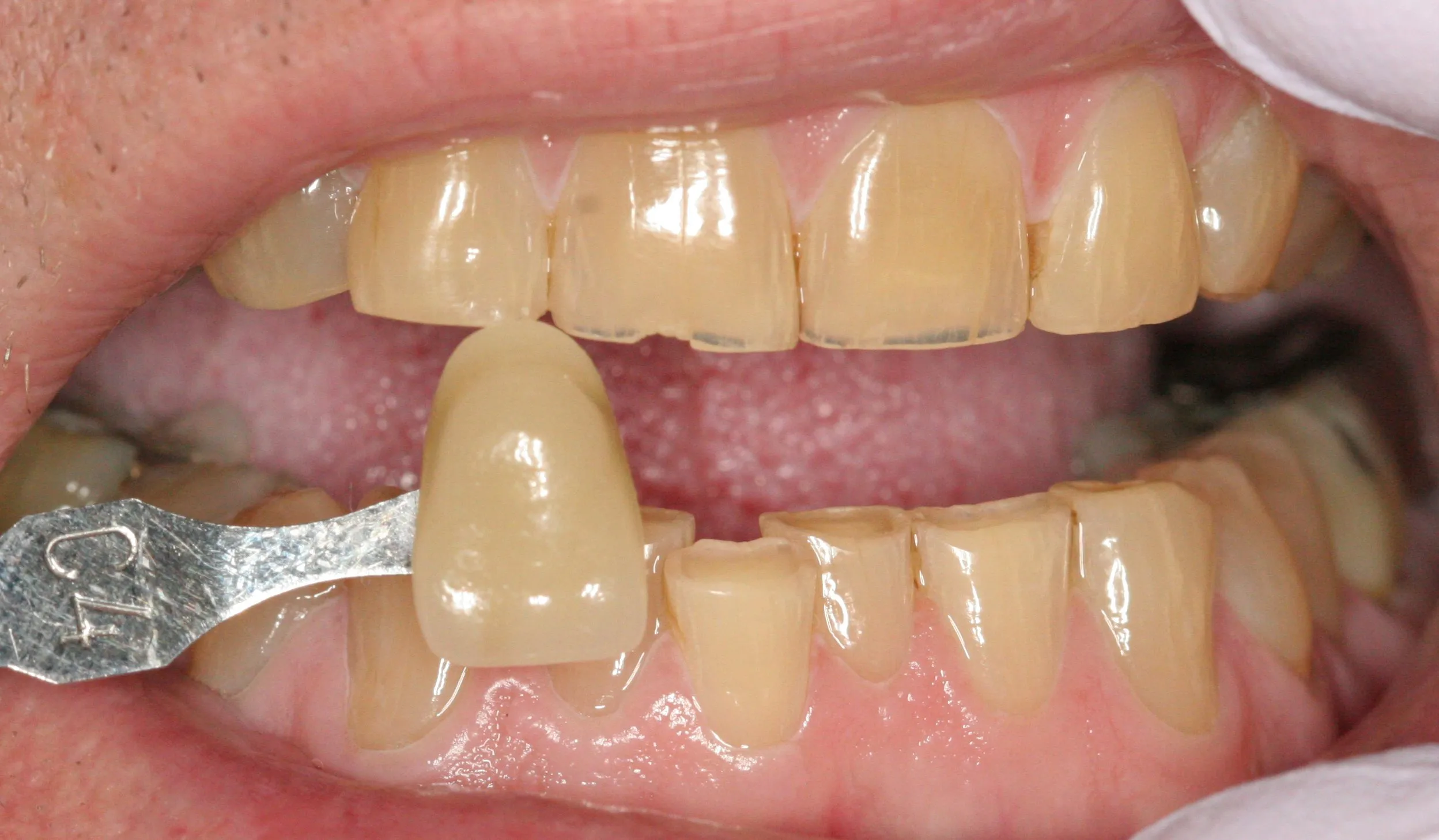
Dentist grade whitening typically involves a multi-step process. First, your dentist will conduct a thorough examination to assess your oral health and determine if you’re a suitable candidate for the treatment. This includes checking for cavities, gum disease, and other issues that might need to be addressed before whitening. Next, your teeth are cleaned to remove any surface stains and plaque. The dentist then applies a protective gel or barrier to your gums to shield them from the whitening agent. A high-concentration whitening gel is then applied to the teeth, and in some cases, a special light or laser may be used to accelerate the whitening process. The gel is left on the teeth for a specific period, and the process may be repeated several times during a single visit. After the treatment, the dentist will provide aftercare instructions, which may include recommendations for maintaining your results and managing any sensitivity.
Top 7 Facts About Dentist Grade Whitening
Fact 1: The Strength of Whitening Agents
Professional teeth whitening uses significantly higher concentrations of hydrogen peroxide or carbamide peroxide than at-home products. These stronger bleaching agents allow for more dramatic results in a shorter amount of time. The concentration levels can vary, but they are always carefully controlled by the dentist to ensure the safety of the patient’s teeth and gums. The increased potency of the whitening agents is one of the primary reasons why professional treatments are so effective at removing deep-seated stains and discoloration. This makes it a preferred option for those seeking substantial improvements in the brightness of their smile. The dentist will assess your specific needs and oral health to determine the appropriate concentration level for optimal results and minimal risk.
Fact 2: Professional Supervision is Key
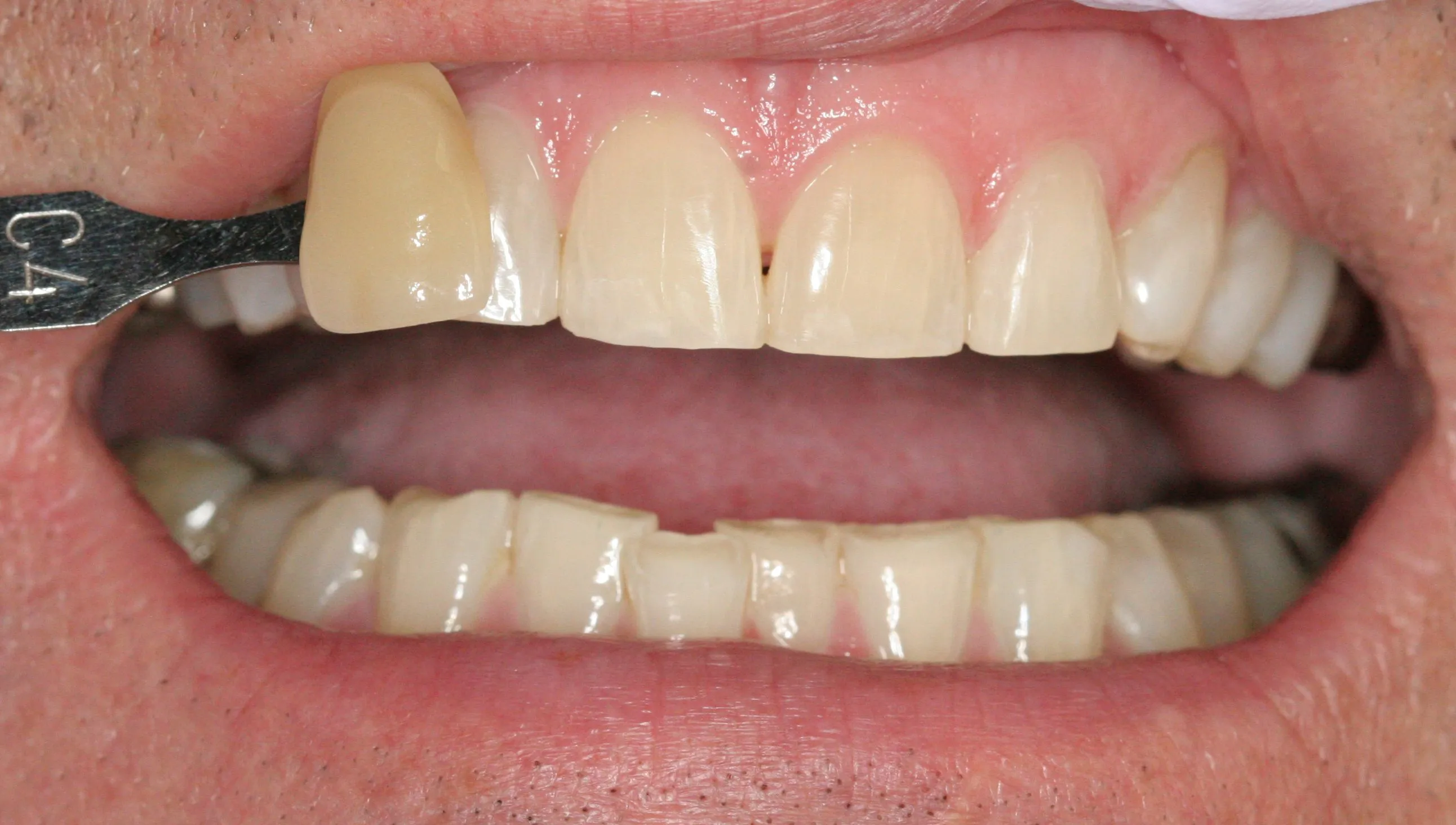
One of the most significant advantages of dentist grade whitening is the professional supervision provided by a qualified dental professional. Dentists have extensive knowledge of oral health and are trained to safely administer whitening treatments. They can assess your oral health, identify any potential issues, and tailor the treatment to your specific needs. They also take necessary precautions, such as using gum shields and cheek retractors, to protect your gums and soft tissues from irritation. Furthermore, dentists can monitor your progress and adjust the treatment as needed to achieve the best possible results while minimizing any potential side effects, such as tooth sensitivity. Their expertise ensures a safer and more effective whitening experience compared to unsupervised at-home methods.
Fact 3: Types of Dentist Grade Whitening Treatments
Dentist grade whitening offers a variety of treatment options to cater to different preferences and needs. These options typically fall into two main categories, each with its own set of advantages and considerations. Understanding these different types can help you make an informed decision about which treatment is right for you. It’s always best to consult with your dentist to determine the most suitable option based on your individual oral health and desired outcome.
In-Office Whitening
In-office whitening, also known as chairside whitening, is a popular choice for those seeking immediate results. This treatment involves applying a high-concentration whitening gel to your teeth in the dental office. A special light or laser is often used to accelerate the whitening process, which can significantly enhance the brightness of your teeth in a single visit. The entire procedure usually takes about an hour, making it a convenient option for busy individuals. Dentists closely monitor the process to ensure safety and effectiveness, making it an excellent choice for those seeking quick and dramatic improvements.
Take-Home Whitening Kits
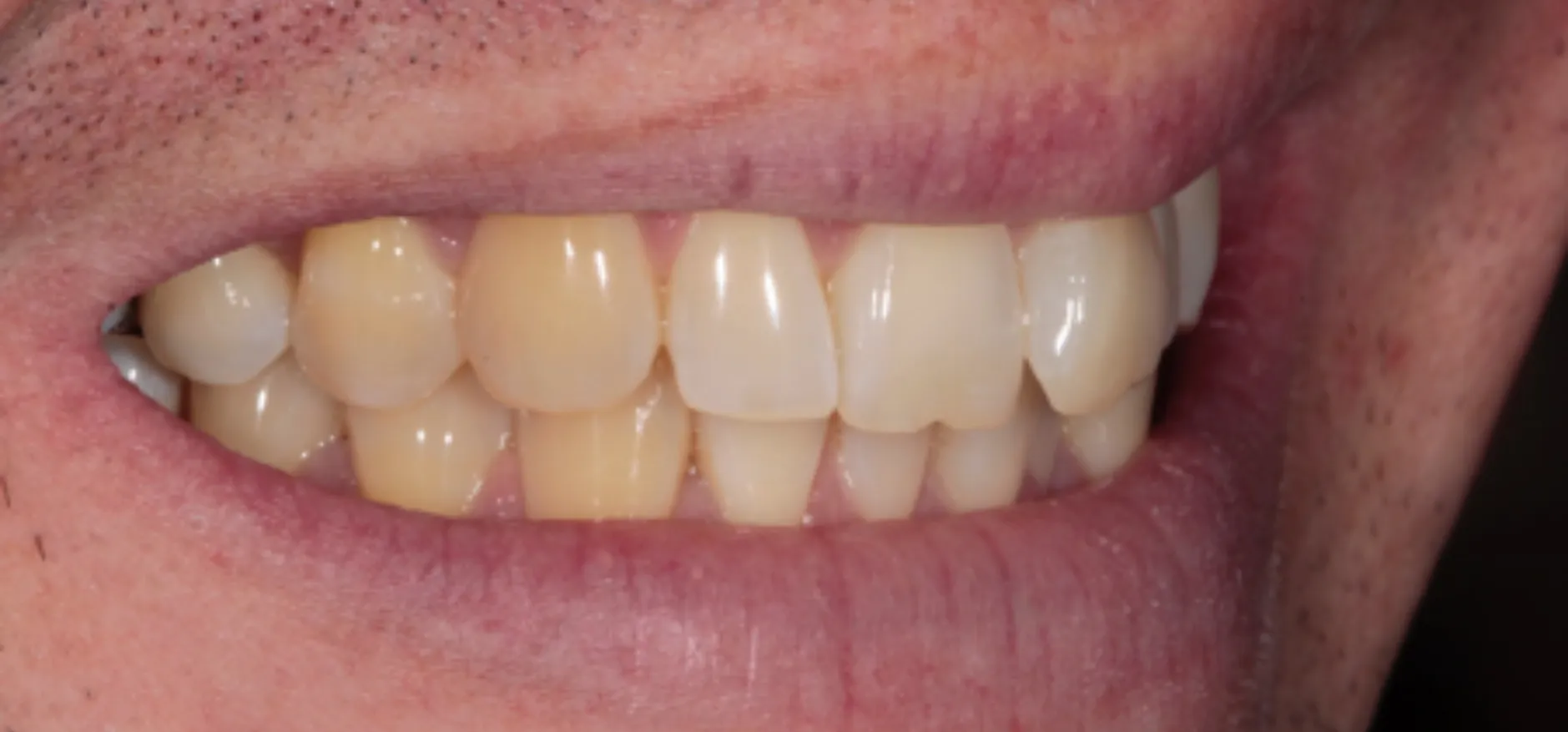
Take-home whitening kits provide a more gradual approach to teeth whitening, offering flexibility and convenience. Your dentist will create custom-fitted trays that perfectly fit your teeth. You’ll then be provided with a whitening gel to use at home, typically for a specified amount of time each day or night. While the results may take longer to achieve compared to in-office whitening, the take-home option allows for greater control over the whitening process. Your dentist will provide detailed instructions and monitor your progress through follow-up appointments. This method is often more affordable than in-office treatments and is ideal for those who prefer a less intensive approach.
Fact 4: Addressing Tooth Sensitivity
Tooth sensitivity is a common side effect of teeth whitening. The bleaching agents can temporarily irritate the nerves in your teeth, leading to increased sensitivity to hot or cold temperatures. Dentists are well-equipped to manage and minimize this issue. They can provide desensitizing agents, such as fluoride treatments, before, during, or after the whitening process to reduce sensitivity. They may also recommend using toothpaste designed for sensitive teeth. Following your dentist’s instructions and avoiding extremely hot or cold foods and drinks during treatment can further help mitigate sensitivity. Proper management of tooth sensitivity ensures a more comfortable whitening experience and allows you to achieve your desired results without significant discomfort.
Fact 5: The Importance of Proper Oral Hygiene
Maintaining excellent oral hygiene is crucial for achieving and preserving the results of dentist grade whitening. Regular brushing, flossing, and professional dental cleanings are essential for keeping your teeth clean and healthy. Brushing twice a day with fluoride toothpaste helps remove plaque and surface stains. Flossing daily removes food particles and plaque from between your teeth, where your toothbrush can’t reach. Regular dental check-ups and professional cleanings remove stubborn stains and plaque and help prevent the buildup of bacteria, which can lead to discoloration. Following your dentist’s recommended oral hygiene routine is essential for maintaining a bright, healthy smile after whitening.
Fact 6: Maintaining Results
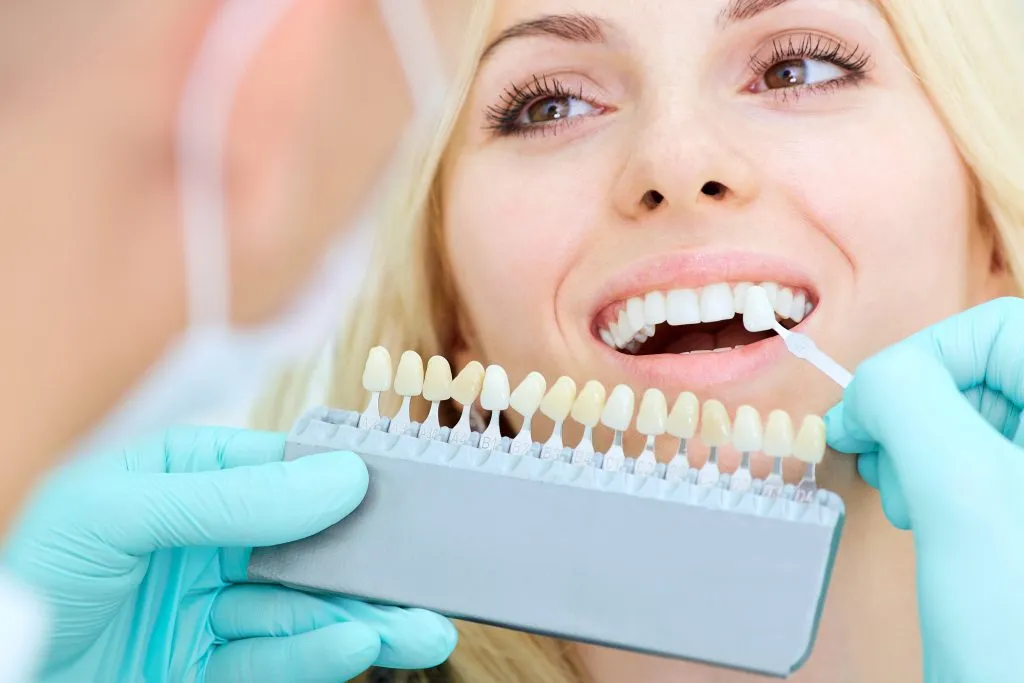
While dentist grade whitening can provide impressive results, it’s important to understand that the effects aren’t permanent. The longevity of your results depends on several factors, including your diet, lifestyle, and oral hygiene habits. To maintain your bright smile, you should limit your consumption of staining foods and beverages, such as coffee, tea, red wine, and dark-colored berries. Avoid smoking and tobacco products, which can quickly stain your teeth. Regular brushing and flossing help prevent surface stains, and periodic touch-up treatments, as recommended by your dentist, can help maintain your desired level of whiteness. Maintaining your results requires a commitment to good oral hygiene and mindful dietary choices.
Fact 7: Cost Considerations
The cost of dentist grade whitening can vary depending on the type of treatment, the geographic location, and the dentist’s fees. In-office whitening tends to be more expensive than take-home kits due to the professional services and advanced technology involved. However, it often provides faster and more dramatic results. Take-home kits are generally a more affordable option, offering a more gradual approach to whitening. It’s essential to discuss the cost with your dentist during your consultation to understand the total price and any associated fees. Some dental insurance plans may cover a portion of the cost, so it’s worth checking with your provider. Investing in professional teeth whitening can provide a significant boost to your confidence and overall appearance, making it a worthwhile investment for many individuals.
Benefits of Dentist Grade Whitening
Improved Confidence and Self-Esteem

One of the most significant benefits of dentist grade whitening is the boost it gives to your confidence and self-esteem. A brighter, whiter smile can make you feel more attractive and self-assured, positively impacting your social and professional interactions. When you feel good about your smile, you’re more likely to smile more often, which can have a ripple effect, improving your mood and the way others perceive you. A beautiful smile can leave a lasting positive impression, making you feel more confident in various situations. The psychological benefits of a brighter smile are often just as significant as the aesthetic improvements, enhancing your overall quality of life.
Effective Stain Removal
Dentist grade whitening is highly effective at removing a wide range of stains and discolorations from your teeth. Professional treatments use powerful bleaching agents that penetrate the enamel and break down the molecules causing stains. This can eliminate discoloration caused by coffee, tea, red wine, tobacco use, and aging. The higher concentration of the bleaching agents used in professional treatments allows for a more thorough and effective stain removal compared to over-the-counter products. The results are often more dramatic and long-lasting. With dentist grade whitening, you can achieve a significantly brighter and more uniform smile, effectively erasing years of discoloration and restoring your teeth to their natural brilliance.
Long-lasting Results
When combined with good oral hygiene and proper maintenance, dentist grade whitening can provide long-lasting results. While the effects aren’t permanent, the professional treatments offer significantly longer-lasting results compared to at-home whitening methods. The strength of the bleaching agents and the professional application contribute to more durable outcomes. By avoiding staining foods and beverages, practicing good oral hygiene, and scheduling periodic touch-up treatments as recommended by your dentist, you can maintain your bright smile for an extended period. The combination of professional treatment and diligent care allows you to enjoy your enhanced smile for years to come, making it a valuable investment in your appearance and oral health.
Who is a Good Candidate for Dentist Grade Whitening?
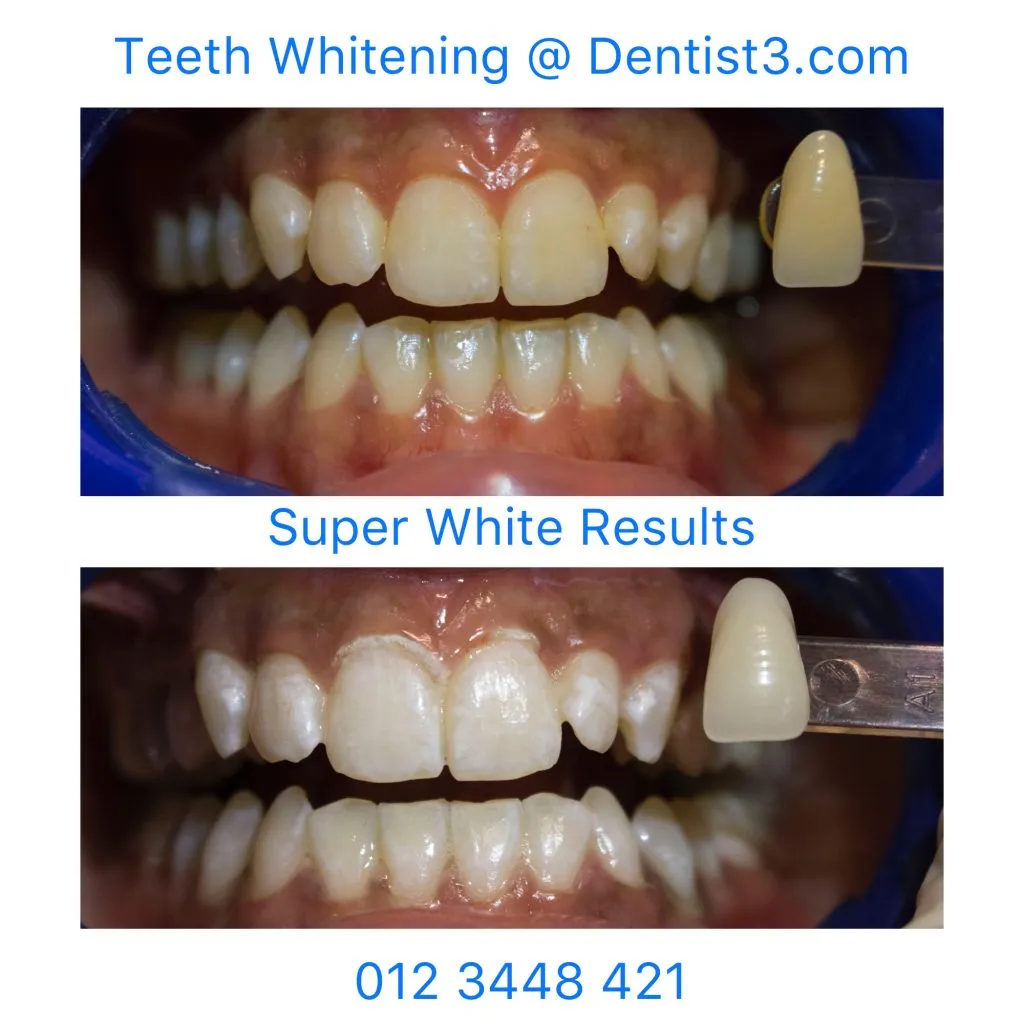
Most people who are looking to enhance the brightness of their smile are potential candidates for dentist grade whitening. However, a thorough consultation with a dentist is essential to determine your suitability. Ideal candidates typically have healthy teeth and gums, free from cavities and gum disease. Those with significant tooth discoloration or staining caused by coffee, tea, tobacco, or aging often experience the most dramatic results. Individuals with sensitive teeth or other dental conditions may require special considerations or alternative treatment options. Ultimately, the best way to determine if dentist grade whitening is right for you is to consult with a dental professional, who can assess your oral health and discuss your goals to create a personalized treatment plan.
The Consultation Process
The consultation process is a crucial first step in considering dentist grade whitening. During the consultation, your dentist will conduct a comprehensive oral examination to assess your overall dental health. This includes checking for cavities, gum disease, and any other underlying issues that may affect the treatment. Your dentist will discuss your aesthetic goals, the type of results you’re hoping to achieve, and the potential treatment options available. They’ll explain the whitening process, potential side effects, and aftercare instructions. Your dentist may also take photos of your teeth to document your current shade and track your progress. This consultation allows you to ask questions, address any concerns, and make an informed decision about proceeding with the whitening treatment. It’s an essential step in ensuring a safe and effective outcome.
Potential Risks and Side Effects
While dentist grade whitening is generally safe, it’s important to be aware of potential risks and side effects. The most common side effect is tooth sensitivity, which can range from mild to moderate. This usually subsides within a few days after treatment. Gum irritation or inflammation can also occur if the whitening agent comes into contact with the gums. In rare cases, individuals may experience uneven whitening or a temporary change in the tooth enamel’s structure. Your dentist will take precautions to minimize these risks, such as using protective barriers and adjusting the concentration of the whitening agent. It’s essential to discuss any concerns with your dentist and follow their aftercare instructions to mitigate potential side effects and ensure a positive outcome.
Is Dentist Grade Whitening Right for You?
Deciding whether dentist grade whitening is right for you involves considering your individual needs, goals, and oral health. If you’re looking to significantly brighten your smile and remove stains caused by coffee, tea, or other factors, professional teeth whitening could be an excellent option. However, it’s crucial to consult with a dentist to determine your suitability for the treatment. The dentist will assess your oral health, discuss your aesthetic goals, and explain the different whitening options available. Consider the potential benefits, such as improved confidence and effective stain removal, along with the potential risks, such as tooth sensitivity. Ultimately, the decision to undergo dentist grade whitening should be made in consultation with your dental professional, ensuring that it aligns with your oral health needs and desired outcomes.
